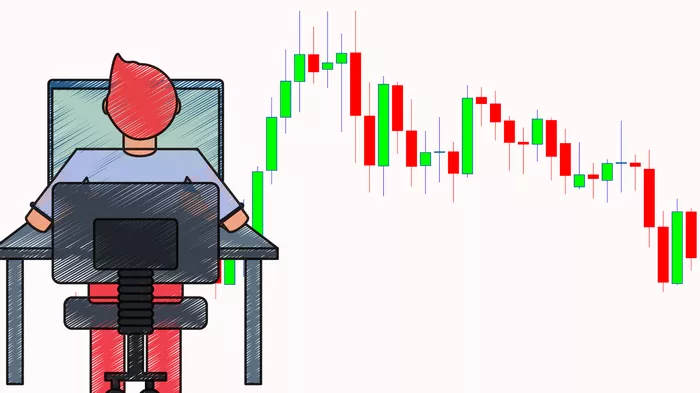Wall Street experienced the familiar “good news is bad news” scenario last week, as strong US labor market data, coupled with a robust services purchasing managers’ index (PMI) and weekly jobless claims, led to growing expectations that Federal Reserve (Fed) rate cuts are unlikely in the near term. Projections now suggest a solitary rate cut in July 2025, far later than previously anticipated, driving US Treasury yields higher. The 10-year yield surged another seven basis points (bp) last Friday, reaching 4.76%, amid hawkish Fed expectations.
Bond Yields Create Headwinds for Market Sentiment
With yields now sitting above the 4.5% threshold, the pressure on market sentiment remains palpable. Over the past year, whenever bond yields cross this level, risk appetite tends to diminish, and the current environment is no exception. A significant reversal in bond yields will be necessary to restore some stability to risk markets, and traders will be watching closely for cues from upcoming US economic data, including the Consumer Price Index (CPI) and retail sales reports, which could further influence market expectations for Fed policy.
Q4 Earnings Season Begins with Banks in Focus
The US earnings season for Q4 is set to kick off this week, with major banks leading the charge. The financial sector is expected to deliver the strongest year-over-year earnings growth among the 11 S&P 500 sectors, making it a key area of focus for investors. Market participants will be assessing how the Fed’s “high-for-longer” interest rate policy may influence the sector’s performance, alongside banks’ assessments of broader economic risks. Earnings reports will offer critical insights into how financial institutions are navigating the current interest rate environment.
Related topics:
Can I Buy Foreign Stocks in NSE?
Is Foreign Direct Investment Good?


